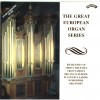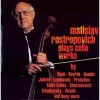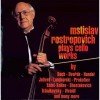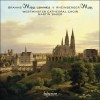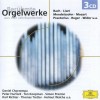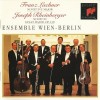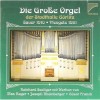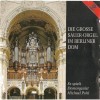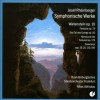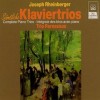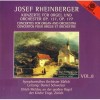| 国家: | 德国 |
| 期间: | 浪漫主义, Neoclassicism |
传记
Josef Gabriel Rheinberger (17 March 1839, in Vaduz – 25 November 1901, in Munich) was a German organist and composer, born in Liechtenstein.
At the age of only seven Rheinberger became organist at Vaduz Parish Church, and his first composition was performed the following year. In 1851 he entered the Munich Conservatory, where he later became professor of piano and subsequently professor of composition. When the Munich Conservatorium was dissolved he was appointed répétiteur at the Court Theatre, from which he resigned in 1867.
Rheinberger married his former pupil Franziska von Hoffnaass in 1867. He was influenced by painting and literature (especially English and German).
In 1877 Rheinberger obtained the rank of court conductor, a position that gave him responsibility for the music in the royal chapel. He was later awarded an honorary degree of Doctor of Philosophy by Ludwig Maximilian University of Munich. A distinguished teacher, he numbered many Americans among his pupils, including Horatio Parker, William Berwald, George Whitefield Chadwick, Bruno Klein, and Henry Holden Huss. When the present Conservatorium was founded in Munich, Rheinberger was appointed its professor of organ and composition, a post he held until his death. He was also given the title "Royal Professor".
Rheinberger was a prolific composer. His religious works include twelve masses (one for double chorus, three for four voices a cappella, three for women's voices and organ, two for men's voices and one with orchestra), a requiem, and a Stabat Mater. His other works include several operas, symphonies,[1] chamber music, and choral works. Today he is remembered almost exclusively for his elaborate and challenging organ compositions; these include two concertos, 20 sonatas in 20 different keys (of a projected set of 24 sonatas in all the keys), 22 trios, 12 Meditations, 24 fughettos, and 36 solo pieces. His organ sonatas were once declared to be
undoubtedly the most valuable addition to organ music since the time of Mendelssohn. They are characterized by a happy blending of the modern romantic spirit with masterly counterpoint and dignified organ style.
—J. Weston Nicholl, Grove Dictionary of Music and Musicians (1908 edition), volume 4, page 85
He is buried in the Alter Südfriedhof in Munich.



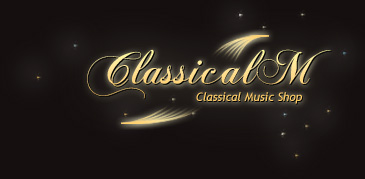

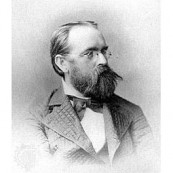

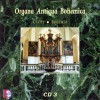
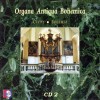
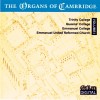
![Great European Organs. 05-James Lancelot [Durham Cathedral]](http://static.classicalm.com/repository/collection-cover/small/849-img1340530226510115.jpg)
![Great European Organs. 13-Rheinberger-Graham Barber [St Bartolomew Armley]](http://static.classicalm.com/repository/collection-cover/small/865-img1340967390261651.jpg)
![Great European Organs. 20-Graham Barber [St Johannis Osnabrück]](http://static.classicalm.com/repository/collection-cover/small/879-img1340984524816814.jpg)
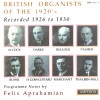
![Het Historische Orgel in Nederland [CD 16 of 20]](http://static.classicalm.com/repository/collection-cover/small/1011-img1343570867655146.jpg)
